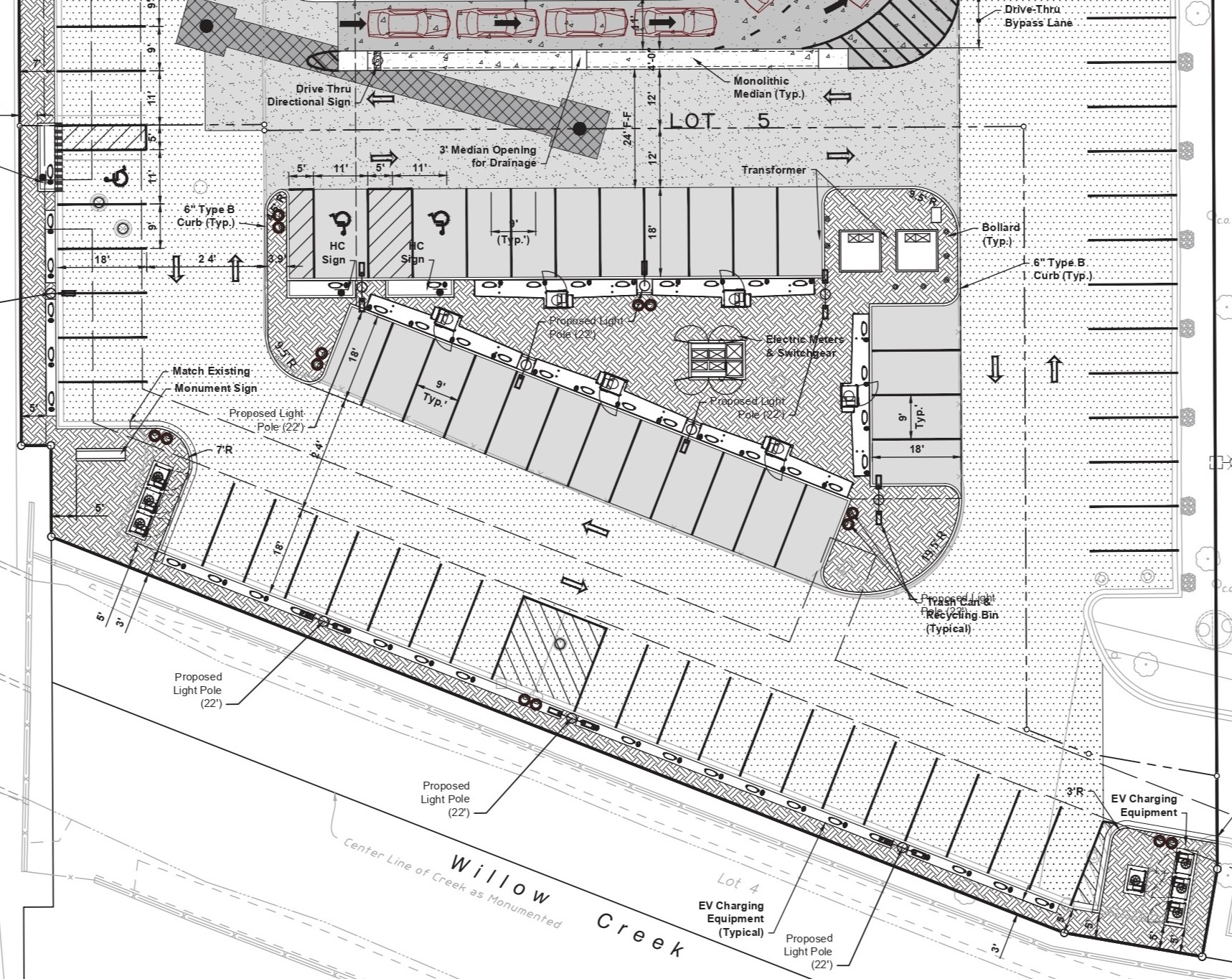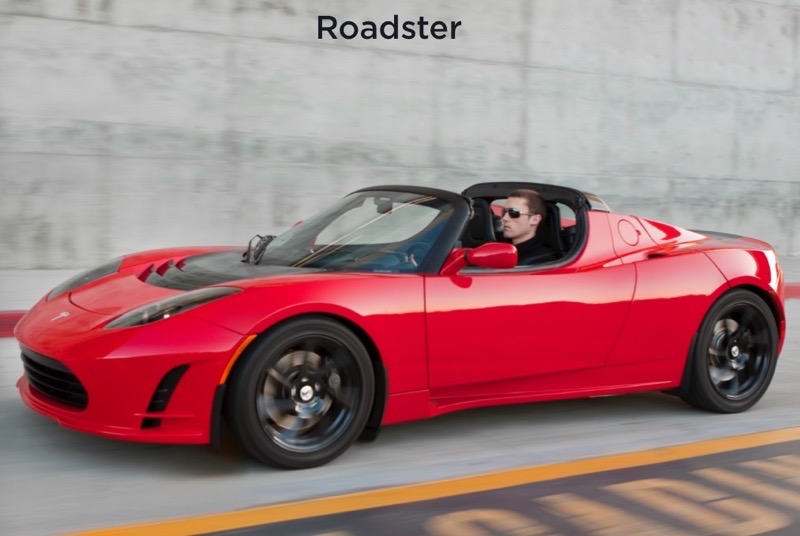
Tesla Autopilot Not Being Used as Recommended, Says MIT Study

Tesla drivers are apparently inattentive while using Tesla’s Autopilot, because they have incorrect expectations of the Autopilot driver assistance system, according to researchers as detailed in a new report from The Independent.
The study took 290 drivers into account by monitoring their posture, face and overall field of view, studying where they looked and for how long after disengaging Tesla’s Autopilot.
Researchers also called Tesla’s Autopilot one of the most capable systems of its kind available, though the studies suggested that most drivers “may not be using Autopilot as recommended.” Among all the drivers, researchers studied a total of about 500,000 miles, finding that Autopilot engagement also decreased the frequency of drivers checking their side and rear-view mirrors.
Tesla Autopilot to Detect Emergency Vehicles at Night and Slow Down, Says Manual https://t.co/YDv3MW6GLJ
— TeslaNorth.com (@RealTeslaNorth) September 22, 2021
According to the study, the data suggests that “before disengagement, drivers looked less on-road and focused more on non-driving related areas compared to after the transition to manual driving. The higher proportion of off-road glances before disengagement to manual driving were not compensated by longer glances ahead.”
Following the study, the researchers wrote, “This change in behaviour could be caused by a misunderstanding of what the system can do and its limitations, which is reinforced when automation performs relatively well.”
The news comes amidst questions from the U.S. National Highway Traffic Safety Administration (NHTSA) about how Tesla’s vehicles in Autopilot respond to emergency lights, following a string of incidents where drivers crashed into parked first responder vehicles with Autopilot engaged.

